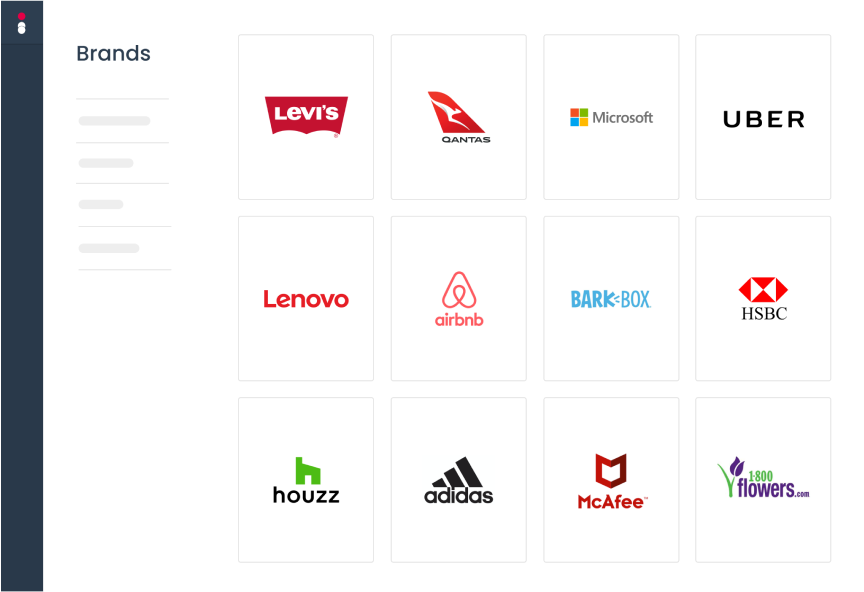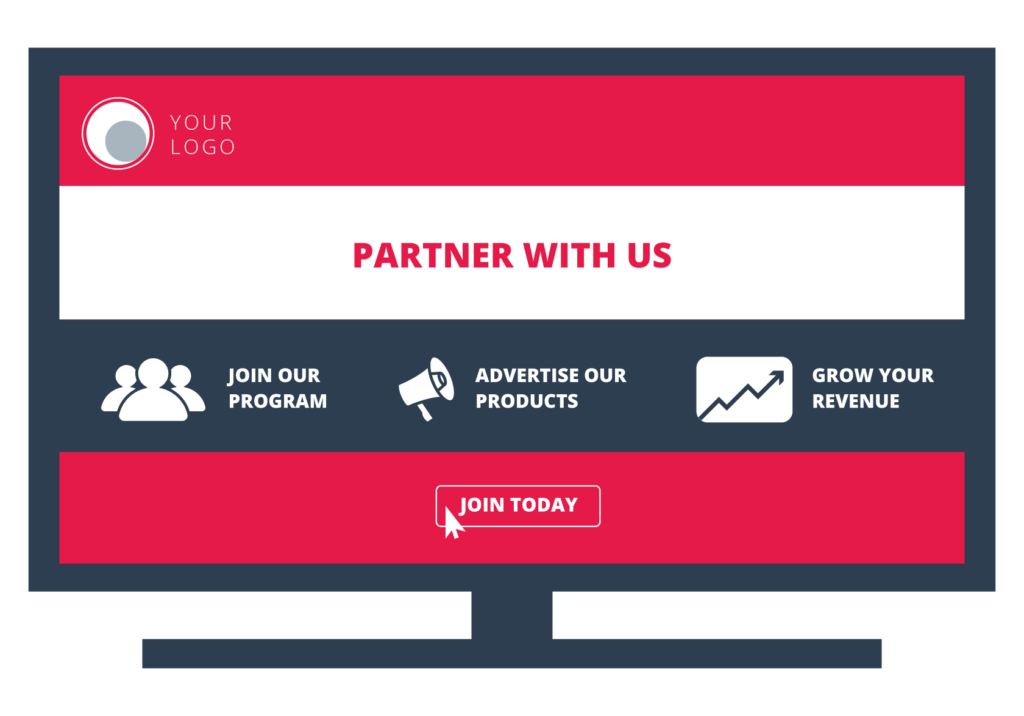For those new to affiliate marketing or keen to keep up with the latest affiliate partnership trends, it’s a good idea to go back to basics. Today let’s answer one of the top questions marketers ask about affiliate marketing: What is affiliate marketing?
Affiliate marketing is a performance-based marketing channel. Affiliate publishers promote products on behalf of brands. Each time an advertiser receives a sale, it pays a commission reward to the affiliate publisher that helped make the sale happen.
Low risk and highly efficient, affiliate marketing is a great channel that many brands enlist to maximize their growth and return on investment (ROI).
Affiliate, brand, and consumer — the affiliate marketing trifecta
According to Statista, by 2022 the amount spent on affiliate marketing is expected to reach $8.2 billion — that’s over three times the channel’s worth in 2012. When well carried out, affiliate marketing can be beneficial both to affiliate marketers and brands.
There are three main parties involved in any affiliate marketing exchange: the affiliate, the brand, and the consumer.
1. The affiliate
The affiliate is a publisher or partner that promotes products or services. Affiliates generally own a website or social property, and promote an advertiser’s brand through a trackable link. This could be in the form of a blog post, coupon page, product review, social post, advertising banner, product comparison portal, newsletter, or email campaign.
2. The brand
The brand is the merchant or company that sells a product or service. Brands partner with affiliates to spread the word about their business and drive sales. Brands pay a commission to affiliates for sales or clicks to their website.
3. The consumer
The consumer is the end-user who clicks an affiliate link and buys a product or service on the advertiser’s website.
Along with these three main parties, it is vital to have an affiliate platform to manage your affiliate marketing. An affiliate platform is a technology solution that connects advertisers and affiliates. It is a comprehensive system that provides tracking, contracting, reporting, and payment capabilities so you can manage affiliate publishers at scale. The platform can highlight future opportunities and showcase what is working for your brand — and what is not.
| Free guide: How an affiliate partnership program works — from first click to payout Learn all about what is affiliate marketing, the basics on how to maintain affiliate partnerships, and everything in between. [Get my free guide] |
How does affiliate marketing work?
The affiliate marketing process can be broken down into a few simple steps.
As a brand:
- Join an affiliate platform.
- Input the required information about your brand and your products.
- Partner with interested affiliates that align with your brand values and interests.
- Pay affiliates a percentage or a flat fee for successful sales/clicks/actions.
As an affiliate:
- Find brands you want to promote, and join their affiliate program.
- Choose which offers or products you would like to promote.
- Use your trackable affiliate link on your blog, newsletter, social media channels, etc.
- Earn commission for sales you generate.
These steps represent a basic view of an affiliate program, but the affiliate channel itself has developed into a high-growth channel that can do a lot more.
What are the benefits of affiliate marketing?
Affiliate marketing in its evolved form is widely known as today, has many benefits.
Low risk and low costs
The main benefit of affiliate partnerships is that brands only pay for results. Not only does this save marketing spend, it also leads to higher growth potential. Affiliates also enjoy a risk-free process since there are generally no fees associated with joining a brand’s affiliate program. In addition, they benefit from uncapped earnings for traffic they send to advertisers.
A targeted audience
In affiliate partnerships, you work with affiliates that have a similar audience to yours. This means you are more likely to achieve a higher conversion rate. Affiliates that relate to your brand will likely have an audience that is already looking for products or services comparable to yours.
Greater flexibility
It’s difficult to predict how well your marketing plans will go, and that’s why affiliate marketing is so beneficial. It enables you to scale up or scale down your program as (and when) necessary. You won’t rack up high overhead to scale up and won’t worry if you need to scale back for a while.
Multiple ways to target potential customers
Affiliate marketing links can be placed in many areas. With affiliates, you’re not only restricted to banner ads or links. Instead, a product or service might be promoted via a blog post, coupon, or social media link. It is then tracked, which allows brands to see which methods are the most successful.
Leverage the power of authenticity and trust with partnership technology
As consumer online shopping and research habits continue to grow and change, affiliate marketing is more important than ever. Traditional advertising methods no longer resonate with today’s consumers. The right affiliate publishers have already gained the trust of your target market through their use of authentic content.
No matter the size of your business or who your audience is, affiliate partnerships can help. With low costs, high ROI, and easily trackable results, this channel offers more efficiency than many other strategies.
| Free guide: How an affiliate partnership program works — from first click to payout Learn all about affiliate marketing, how to maintain affiliate partnerships, and everything in between. [Get my free guide] |
Learn more about affiliate programs or get in touch to learn more about how impact.com’s affiliate partnership solution can support your business.






